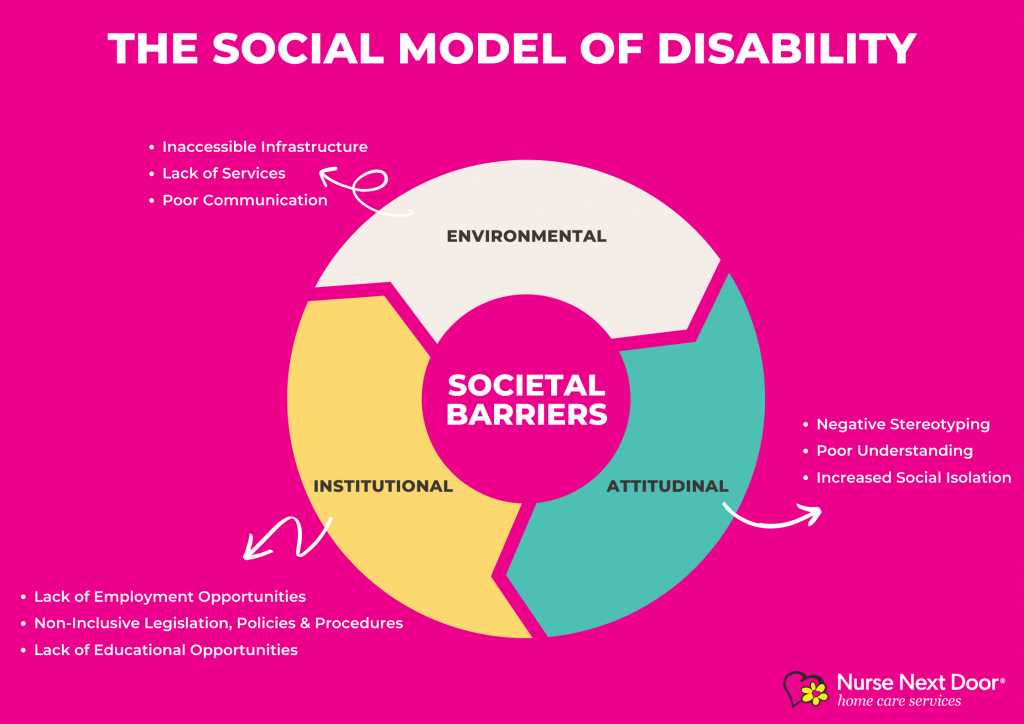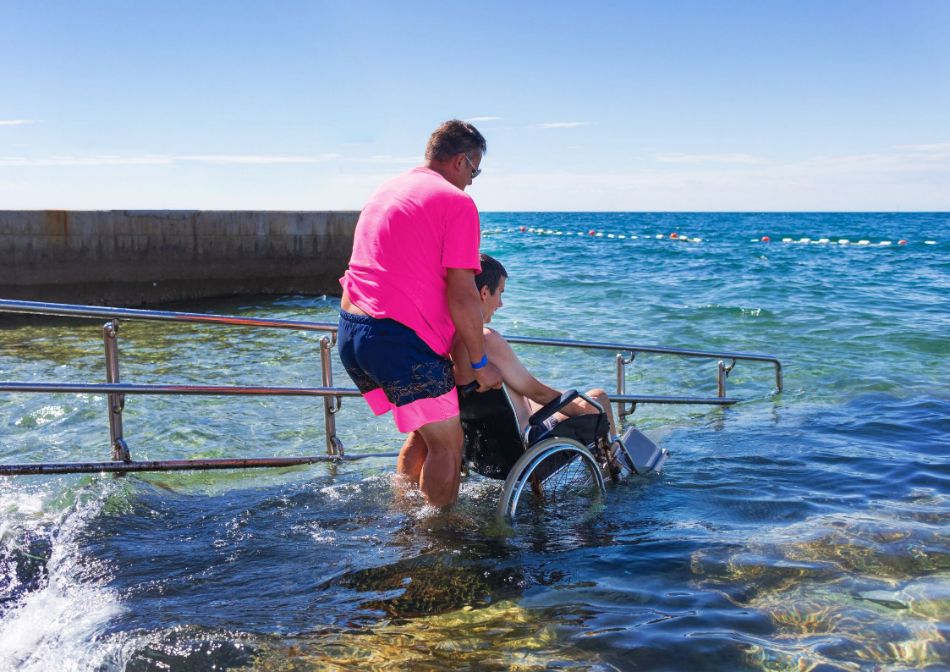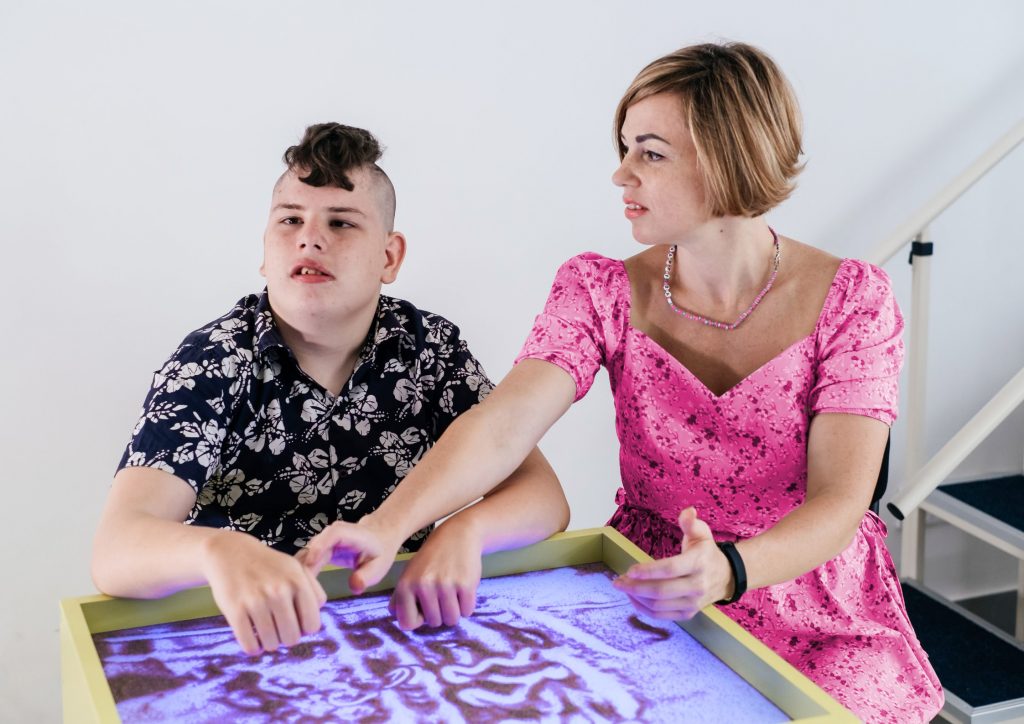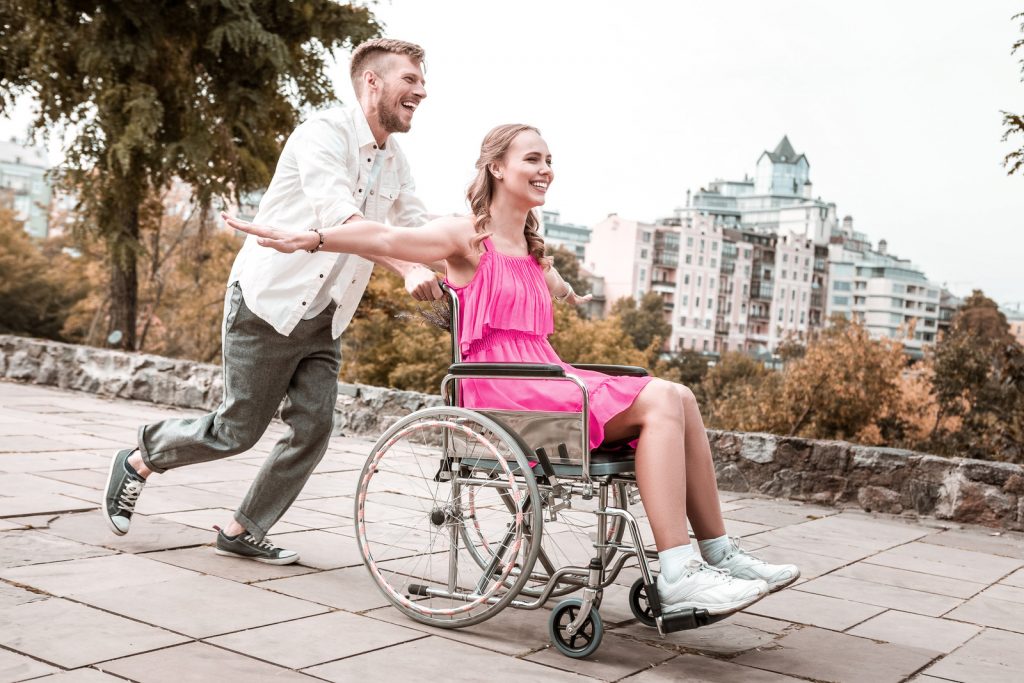Understanding The Social Model of Disability
“Just because a person lacks the use of their eyes doesn’t mean they lack vision.” – Stevie Wonder
Across the decades there have been numerous shifts in our society around the treatment and management of a disabled person, as a result of both legislative and societal changes. In addition, with advancements in medical care and adaptive technologies, many people living with a disability can continue to reside in their local community rather than being isolated away in institutions.
The disability social model, however, is still very much prevalent in our world and whether someone is living with a cognitive disability or physical disability, there are still many barriers they face daily which creates inequality and is important for the general population to understand.
The below article is designed to educate and raise awareness about the social model of disability, and encourage ways the general population can help empower people living with a disability so we can continue reinventing the social model of disability.
What is the Social Model of Disability?
The social model of disability was developed by people living with a disability to show the general population how they perceive the world. This social model recognises the barriers that individuals will face within society that creates low expectations and result in disabled people losing independence. Barrier includes:
- Environmental & Physical Barriers
- Inaccessible Infrastructure
- Lack of Services
- Poor Communication
- Institutional Barriers
- Lack of Employment Opportunities
- Non-Inclusive Legislation, Policies & Procedures
- Lack of Educational Opportunities
- Attitudinal Barriers
- Negative Stereotyping
- Poor Understanding
- Increased Social Isolation

Examples of the Social Model in Action
The social model of disability explains that disability is caused by the way society is organised, rather than by a person’s impairment or difference (which is what the medical model of disability implied).
The social model looks at ways of removing barriers that restrict the life choices of disabled persons and can be removed, so each individual can feel independent and equal in society, with choice, purpose and control over their own lives.
Some examples of the social model in action could be:
A wheelchair user cannot access a building because there are stairs – the social model recognises the issue is the building’s physical structures, not the person, and a ramp should be installed to make it more accessible.
A person with a learning difficulty wants to live independently but does not understand the application process or how to pay rent – the social model recognises that with the right services to educate and support the individual, they can pay rent and promote independent living.
An individual with a visual impairment wants to read a popular book series so they can discuss it with their sighted friends – the social model recognises that with the assistance of adaptive technology, the person can read this series and continue their social participation within the friendship group.

Removing Barriers in Society
To recognise barriers is one thing but, removing barriers creates equality for people living with a disability and the social model solution can help guide the general population to make these shifts to become a more inclusive world that will promote human diversity, confidence and independence to people regardless of their age or ability.
Examples of how social barriers have been removed in society include:
Disability rights activists advocate and educate the general population in an attempt to shift negative perceptions and stereotypes of people living with disabilities.
Accessible infrastructure such as ramps, accessible toilets, wide pathways, automatic doors etc.
Services and support to promote independence such as Supported Independent Living (SIL) or Disability Programs
The development of adaptive technology can allow individuals to immerse themselves and participate fully in existing technologies like adaptive video games or audiobooks.
The invention of Braille, Auslan and other forms of adaptive communication promote overall social inclusivity and accessibility, as well as improve how the educational systems teach and communicate with children who may have special needs.
Legislation being passed to ensure acts such as discrimination are punishable by law such as The Disability Discrimination Act 1992 (DDA)

Empowering People Living with a Disability
The United Nations Convention has set out obligations for equality, non-discrimination, accessibility, and the right to live independently and be included in the community. At the core, there are things that society can also do to continue breaking social and attitudinal barriers by empowering people living with a disability.
See the Person, Not the Disability
People living with a disability are just like everyone else. They have dreams, passions, interests and their own individual identity. A person living with a disability does not want to be defined by their abilities, but by who they are as a person.
Learn About the Person Behind the Disability
To avoid negative stereotyping about a person just because of their disability, it’s important for people to take the time to discover more about the person behind the disability, and ask questions about their needs and wants rather than making assumptions. This can help both parties find the most creative, innovative and fun way to spend the day together.
Listen to the Person Behind the Disability
Listening to a person ensures they are feeling empowered and confident within themselves regardless of their age or ability. When listening to a person with a disability, it is suggested to use active listening techniques as a cue to show one is engaged in the conversation and embrace emotional intelligence in case communication styles need to be adapted for the conversation to flow effortlessly.
Encourage Decision Making
Whether a decision is large or small, giving a person with a disability the individual right to make every decision in their day-to-day lives will promote self-esteem, independence, empowerment and confidence.
Advocate for Inclusivity
Joining people with disabilities in their fight against discrimination, and building inclusive attitudes will directly combat and disrupt the stigma and attitudinal barriers many people living with a disability still face. Following disability etiquette is a great way to start building a greater inclusive community and society.
The social model of disability was designed through the lens of individuals who face environmental, institutional and attitudinal barriers every day to educate the greater population on the need to change and inclusivity. While over the decades society has headed in the right direction, it is vital that we all continue to do our part to continue breaking barriers and stigma to ultimately create true equality regardless of someone’s age or ability.

At Nurse Next Door, we are celebrating ageing and are passionate about Making Lives Better.
To learn more about The Power of Happier Ageing you can download our report
or contact us today on 1300 600 247 to discuss how Nurse Next Door can help you keep doing what you love.
